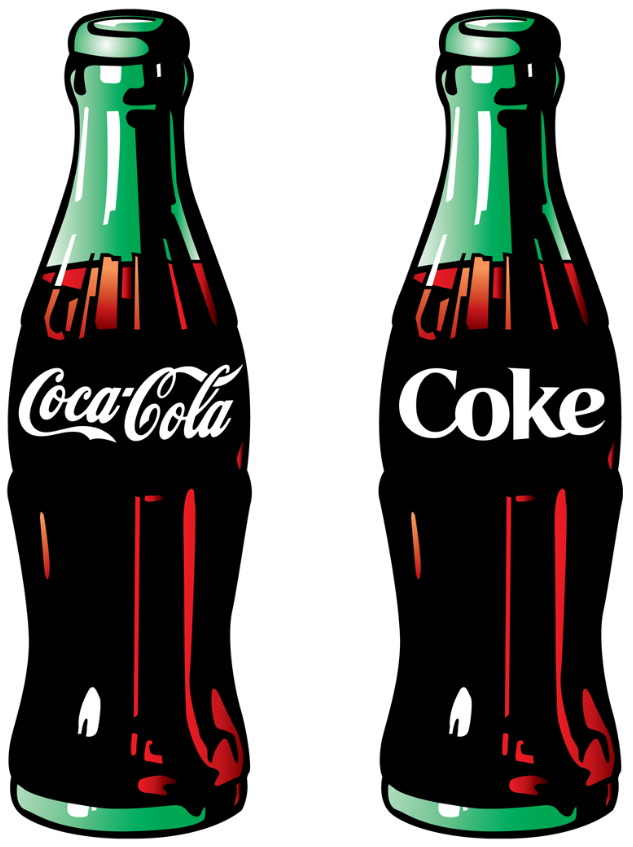SWITCHING HORSES MIDSTREAM
We’ve all probably heard the advice not to switch horses midstream. Too much can go wrong and you might end up horseless. However, when it comes to corporate strategy, sometimes it is absolutely necessary to switch horses midstream. This is called industry disruption. As painful and as difficult as it may be, its pain and difficulty are only exceeded by its necessity.
Unfortunately, not everyone embraces industry disruptive change when it is needed. The results of a survey by the World Economic Forum identify some very interesting dynamics about barriers to change (“The Way We Work Now” Fortune . May 1, 2017. p. 9). Respondents said the top barrier to change and its close runner-ups are:
- Insufficient understanding of disruptive changes (51%)
- Resource constraints (50%)
- Pressure from shareholders, profitability (42%)
- Workforce strategy not aligned to innovation strategy (37%)
Last place was more distant and thereby more promising in this case:
- Insufficient priority by top management (21%)
These results say several things about the state of disruptive industry change today.
- The fact that top management is giving sufficient priority to disruptive industry change is definitely a good thing. Leadership wants to be in the right place at the right time. However, we seem to have an insufficient understanding of exactly what disruptive change is in any particular industry. By its very nature, we don’t know what it looks like. And that is precisely why the changes are disruptive.
- Resource constraints are a perpetual problem, and we are not going to allocate budget dollars until we understand the industry disruption. We don’t typically allocate budget dollars to something that we don’t understand.
- The pressure from shareholders and profitability all add to the resource constraints, and the misaligned workforce strategy is sort of a logistical byproduct of not understanding the industry disruption.
All the above tie back to the fundamental barrier to change: insufficient understanding of disruptive changes. Interestingly, painfully, and not surprisingly, everything about industry disruptive change links back to the fundamental importance of understanding it. We see this constantly. Companies that understand the industry disruptive change get ahead of the curve and profit from it. Companies that do not understand the industry disruptive change fall behind the curve and suffer from it. This is why strategy is of ultimate importance.
Many of the most successful companies today seized an opportunity to create the industry disruptive change. That is how they made their names. They were the industry disruptors.
Every leader must spend time with the metrics, the numbers, the budgets, the reports, and the routine. These are necessary mundane tasks. But every leader that wants its organization to stay on the cutting edge must spend time pondering the industry disruptive change. That is the 20% of time that will bring 80% of the results—that is when switching horses midstream is a winning strategy.











